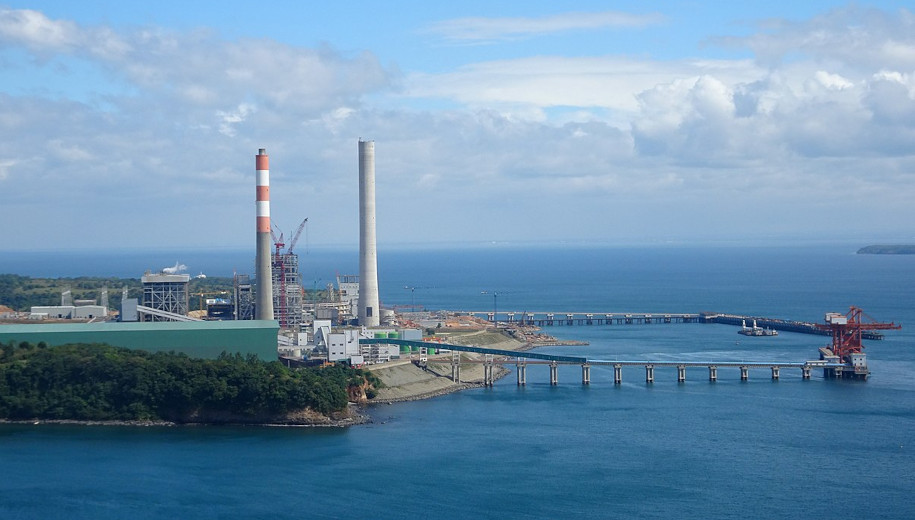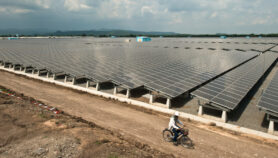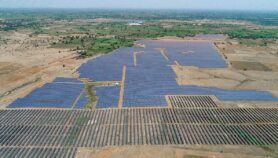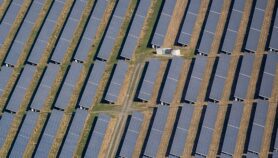11/11/20
Philippines bans new coal-fired projects

By: Melanie Sison
Send to a friend
The details you provide on this page will not be used to send unsolicited email, and will not be sold to a 3rd party. See privacy policy.
[MANILA] By declaring a moratorium on the construction of greenfield coal power plants in a statement issued on 27 October, the Philippines has announced intent to follow other Asia Pacific countries into a green future.
The Institute for Energy Economics and Financial Analysis (IEEFA)’s energy finance analyst Sara Jane Ahmed, in a report, described the move by the Philippine Department of Energy as an indication “that the Philippines aims to build a more cost-competitive and resilient energy future by shifting to clean energy resources and green technologies”.
“As the Philippines is in the process of updating its NDC [Nationally Determined Contribution], the deflationary trajectory of renewable energy enables going beyond meeting Paris Agreement commitments while bringing a cost-competitive power sector and foreign direct investment”
Sara Jane Ahmed, Institute for Energy Economics and Financial Analysis
“As the Philippines is in the process of updating its NDC [Nationally Determined Contribution], the deflationary trajectory of renewable energy enables going beyond meeting Paris Agreement commitments while bringing a cost-competitive power sector and foreign direct investment,” Ahmed tells SciDev.Net.
Japan and South Korea have already expressed their intent to go carbon neutral and contribute to achieving the 1.5 degree Celsius climate target. China, one of the biggest users and coal exporters, pledged in September to be carbon neutral by 2060. However, there are reports that China is actually failing to meet its Paris climate agreement obligations due to the pandemic despite an initial dip during the lockdown.
According to Armida Salsiah Alisjahbana, UN under secretary-general and executive secretary of United Nations Economic and Social Commission for Asia and the Pacific, these recent announcements will have a significant effect on the coal export trade in the region.
“While the announcements are long-term, the impacts on infrastructure development will begin to be felt immediately… Notably the effects will be most keenly noted in the power sector where many future planned coal developments face increased challenges to their construction,” she tells SciDev.Net. “Both public and private investors are increasingly averse toward financing new coal-fired power plants, given the risk of stranded assets and in light of existing international commitments to reduce emissions.”
Meanwhile, Lao PDR, Malaysia, Singapore and Thailand are banking on the Power Integration Project, which would increase the shared access of these countries to clean energy resources, Tan See Leng, second minister for trade and industry in Singapore, said at the second Global Ministerial Conference on System Integration of Renewables, an event at Singapore’s International Energy Week. This is in line with the Association of South East Asian Nations (ASEAN) plan to secure 23 per cent of its primary energy from renewable sources by 2025.
However, the Asia Pacific region is not shunning fossil fuels, which currently account for 85 per cent of its energy, according to the International Renewable Energy Agency. The region, ironically, is also one of the most vulnerable to the impact of climate change.
“For climate-vulnerable countries, breaching the 1.5 Centigrade limit may translate to an undermining or reversing of any development gains so far,” Ahmed tells SciDev.Net.
Chuck Baclagon, 350.org Asia finance campaigner, says that commitments can be improved. “The current pledges and moratoriums, while sounding great, unfortunately will not deliver unless they are tightened up,” he says. He notes that Asia is the only continent in which coal-fired power generation is increasing and is, at least partly, funded by China and Japan, two countries committed to be carbon neutral.
Baclagon says that the Philippine moratorium is limited. “The moratorium only covers coal plants that have yet to be approved. Projects that have secured permits or are in development can go ahead, despite the resistance of communities that are experiencing environmental and social impacts even before these plants begin operations,” he tells SciDev.Net.
He also notes that the Philippines remains one of the most coal-dependent countries because it is a cheap energy source and continues to be subsidised by the government.
The pandemic, according to Baclagon, provides countries in the region an opportunity to reset its systems in favour of renewable energy. “If these investments are directed towards sustainable development such as clean energy and phasing out the polluting fossil fuel industry, we will be able to prevent millions of deaths in Asia each year while meeting our climate goals,” he says.
Alisjahbana, points to the health impact of reducing carbon emissions. “Highly carbon-intensive energy sources like coal tend to produce high particulate emissions. One of the most significant immediate impacts of carbon emissions reduction is to improve air quality, thereby alleviating many of the health risks associated with climate change,” she says.
Shifting to renewables can also have a cooling effect, she says. “Energy efficiency actions can provide further benefits, particularly building energy efficiency standards which can potentially reduce the urban heat island effect that is pushing up temperatures in large cities.”
Alisjahbana says that shifting towards renewable energy can also have financial benefits, especially with the price drop in technologies. “Renewable energy supplies are now available at a lower cost than some conventional sources. Policies which deliver increased renewable energy can thus be implemented with net cost savings.”
The technology progress and accompanying policies will help usher in the shift to renewable energy in Asia Pacific, says Yongping Zhai, chief of the energy sector group at the Asian Development Bank. “It is clear that those countries that are leading in adopting renewable energy have similar characteristics, i.e. clear long-term vision, stable policy and regulatory policies to support renewable energy, transparent financial incentives [and] active private sector participation.“There is also a need to remove subsidies on fossil fuels, and gradually put a price on carbon to further encourage renewable energy development,” Zhai says.
This piece was produced by SciDev.Net’s Asia & Pacific desk














